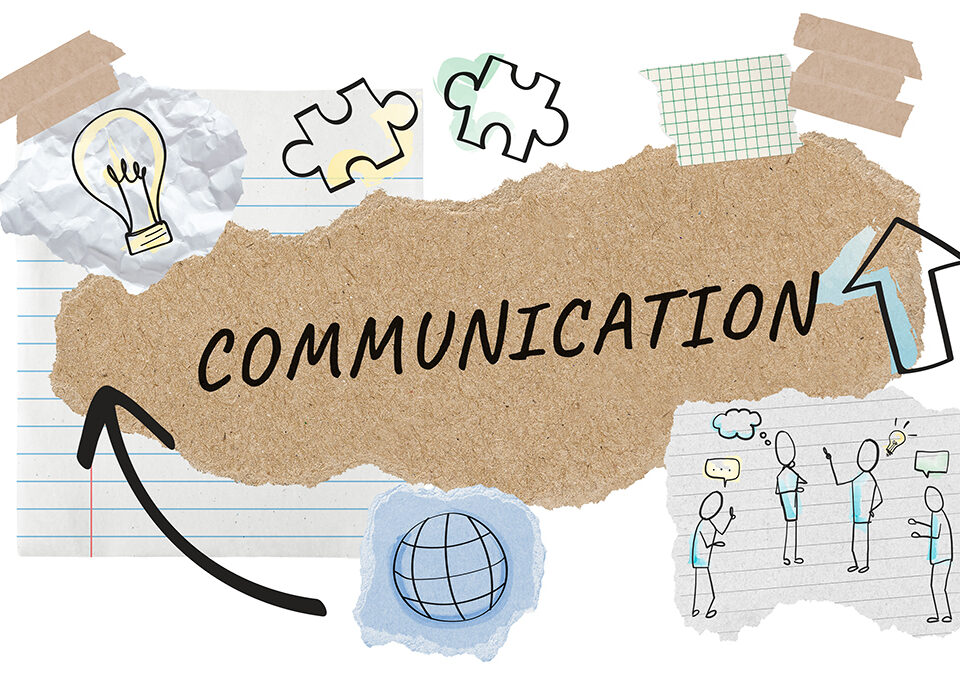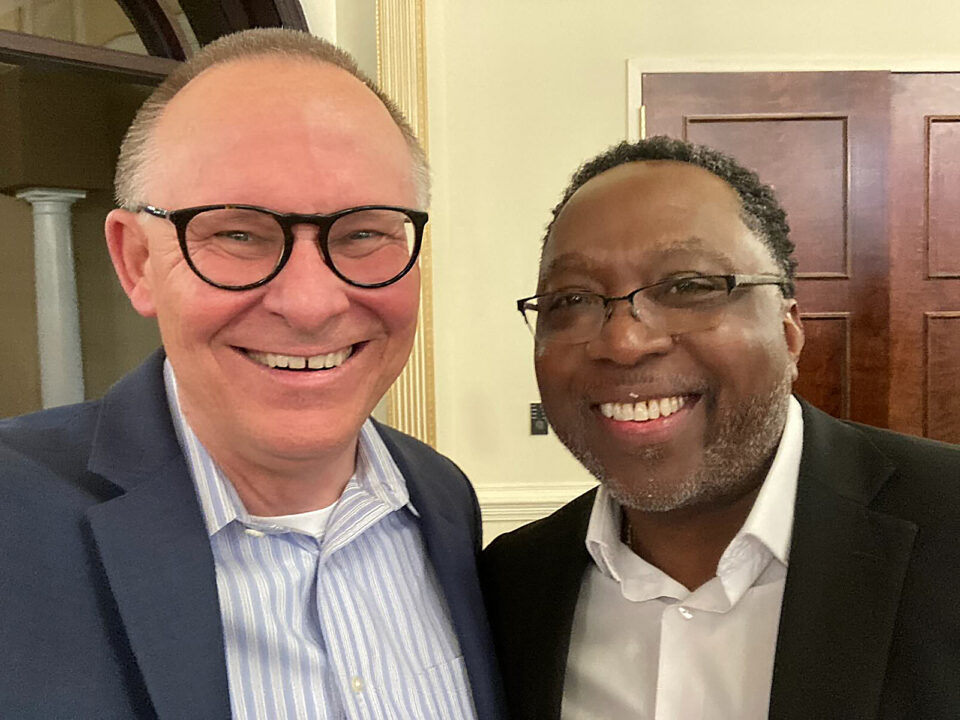
Hall Powell’s Startling Nonprofit Fundraising Strategies Exposed explores rarely used strategies to help secure your nonprofit’s future.
I was meeting with the headmaster of one of America’s oldest children’s homes when the organization’s chief financial officer knocked on the door. “May I interrupt” the CFO asked. “I think you two would want to know this.”
Our nonprofit fundraising consulting firm had been retained to guide the organization through the process of a multi-million-dollar major gifts fundraising campaign to fund the renovation of existing residential cottages and the building of additional ones for the boys and girls who were orphans. It was going to be a challenging campaign. The “orphanage” was located in a small, rural, southern town that, at one time, had been a prosperous textile-producing community, but the gradual of loss of business, caused by moving the production of textiles to other countries, had taken its toll on the economy of the small town. We were going to need all the help we could get to achieve our financial goal.
The CFO continued: “I received a phone call from a law firm a few minutes ago, and was told that two different individuals had died and had bequeathed our organization with $1 million each.” Two million dollars! The headmaster and I looked at each other in amazement. “Give us the details,” I asked.
The children’s home received children from three states, and solicited charitable gifts from individuals and churches in those states. One of the ways they asked for support, was by mailing an annual calendar to each donor every year. Some of the children, who would be recipients of charitable gifts, would be featured in the annual commemorative calendar by including their own artwork and biographical sketch on each monthly page. The calendar also had a return envelope stapled in said: Please remember us in your estate planning. Your loving and generous gifts for these wonderful children can live on after you. Every direct appeal for this organization included this appeal.
The two donors were not known by anyone on the staff or Board of my client’s organization. I don’t know if the calendar or other direct mail fundraising appeals were the catalyst for inspiring two estate gifts. What I do know is that if you don’t ask, you probably won’t receive.
Every nonprofit organization that is dependent on philanthropy for its financial stability must consider creating an endowment fund, and seeking designated gifts and estate gifts to grow the endowment. Why? To answer that question, consider the following:
Warren Buffett, legendary philanthropist, has given $48 billion to charity (as of June 2022). He was once asked by a news reporter how did he determine which nonprofit organization he would contribute to. His reply was that he looks for ones that have an established endowment fund, because that indicates to him that the organization has provided for financial sustainability. An endowment provides a hedge against financial uncertainties in the local and national economy, changes in government funding, loss of grant funding, and organizational issues.
Endowment funds are not just for large nonprofit organizations and institutions. Every nonprofit should consider establishing an endowment fund, backed by a sound endowment policy, and approved by its Board of Directors/Trustees.
Some faith-based organizations believe that “saving funds” are not appropriate for them; that saving (hoarding) money implies a lack of faith, and that their funding should be totally by faith, and faith alone. As a person of faith, I believe that fundraising, including appeals for annual operating funds, as well as for projects and capital needs, is totally biblical (See: Pauline Principles of Fundraising: Jimmy LaRose). Isn’t being a responsible steward of an organization’s financial stability and sustainability spiritual and faithful?
As a Chief Development Officer for three major medical institutions, and as a fundraising counselor making the ask” for support from major gifts donors, I would plan to ask a prospective donor to consider a predetermined amount of money that would provide funding for (1) Operational needs, (2) Capital needs, and (3) Endowment (See: Making the Ask…) The endowment component of the ask was a “soft ask” inasmuch as the donor could make a current, direct gift to the endowment, or he or she could pledge the gift as a deferred gift that would be made when the donor’s estate was settled.
Many nonprofit organizations are hesitant to ask a donor for an “estate gift,” or sometimes referred to as a “deferred gift,” because they are afraid that if they ask for that kind of gift, and the donor does give a “deferred gift,” they might not also give a current gift that is much needed right now. That is actually a flawed concept. If a donor thinks well enough about your organization to put you in his or her will, why would they not want to support you now while they are living and can witness the positive outcomes of their giving?
I learned, early in my nonprofit fundraising career you don’t have to be a “planned giving expert “to receive planned (deferred) gifts. At one point I did think that I did, so I enrolled in a Planned Giving School and took all the courses, studied all the various ways people could defer charitable gifts, with all of the tax benefits and savings. While the information I received was good and helpful, the real take-aways from the many sessions were:
- You don’t have to be a tax or estate planning expert (there is a valid need for them) in order to be successful in asking for and receiving estate gifts.
- It is good to know estate planning experts to whom you can refer your donors for professional advice, if needed. Develop a professional relationship with them.
- Remember: a gift to an endowment fund can be a cash gift or a deferred (planned) gift.
The easiest, and possibly the best way to ask for an estate or endowment gift is:
- Develop a relationship of trust with your donors (earn the right to make the ask).
- When the time is right, the need is understood, the right person is asking (people give to people they know and trust), make the ask:
“Would you be willing to make a gift to our endowment. It could be a current gift, or it could be an estate gift; whichever is best for you and your family?”
In direct mail and promotional pieces: “We thank you for your faithful giving. To leave a legacy for your family, and to help ensure that your giving will live on after you, would you please consider making ABC Charity in your will or estate plan. Thank you.”
Build your endowment fund. Hedge against financial uncertainties. Demonstrate financial prowess to your donors and future donors.
Hall Powell’s Startling Nonprofit Fundraising Strategies Exposed was first posted at Major Gifts Ramp-Up
For more articles like Hall Powell’s Startling Nonprofit Fundraising Strategies Exposed VISIT HERE


